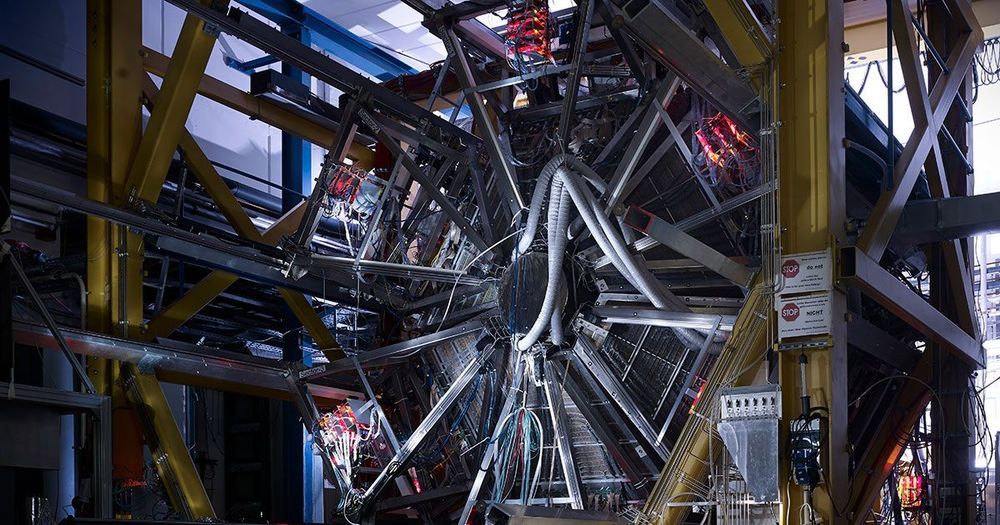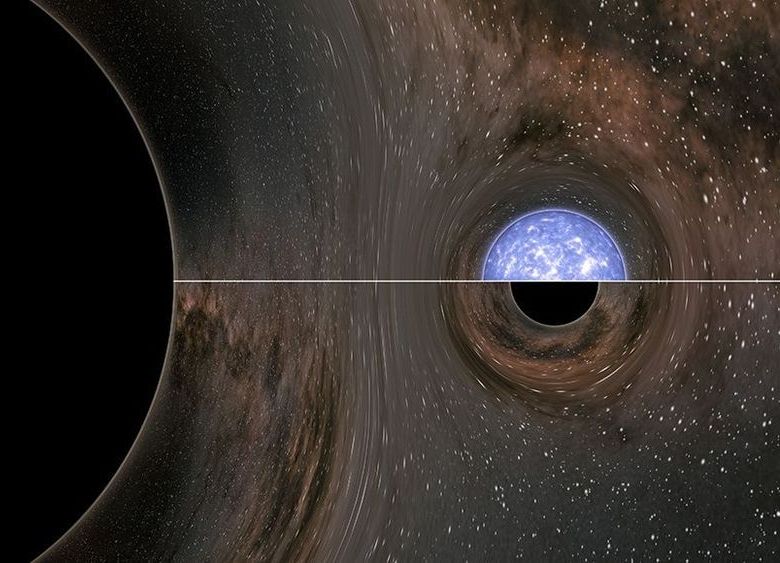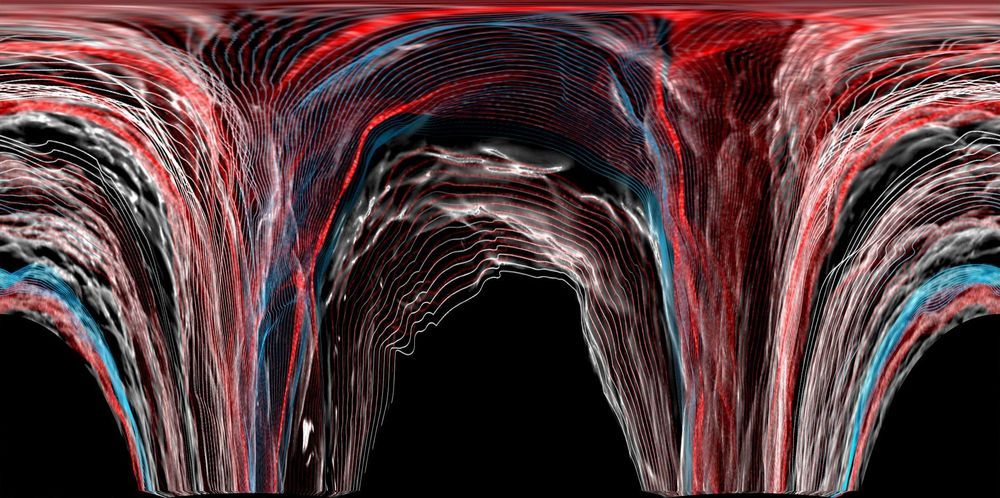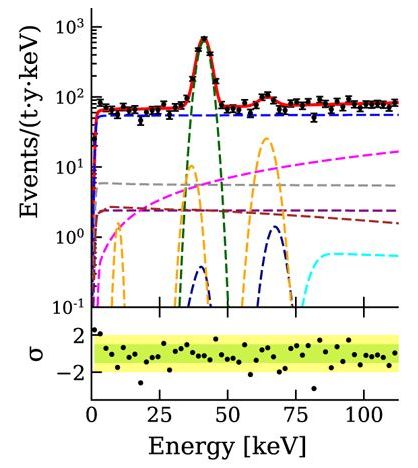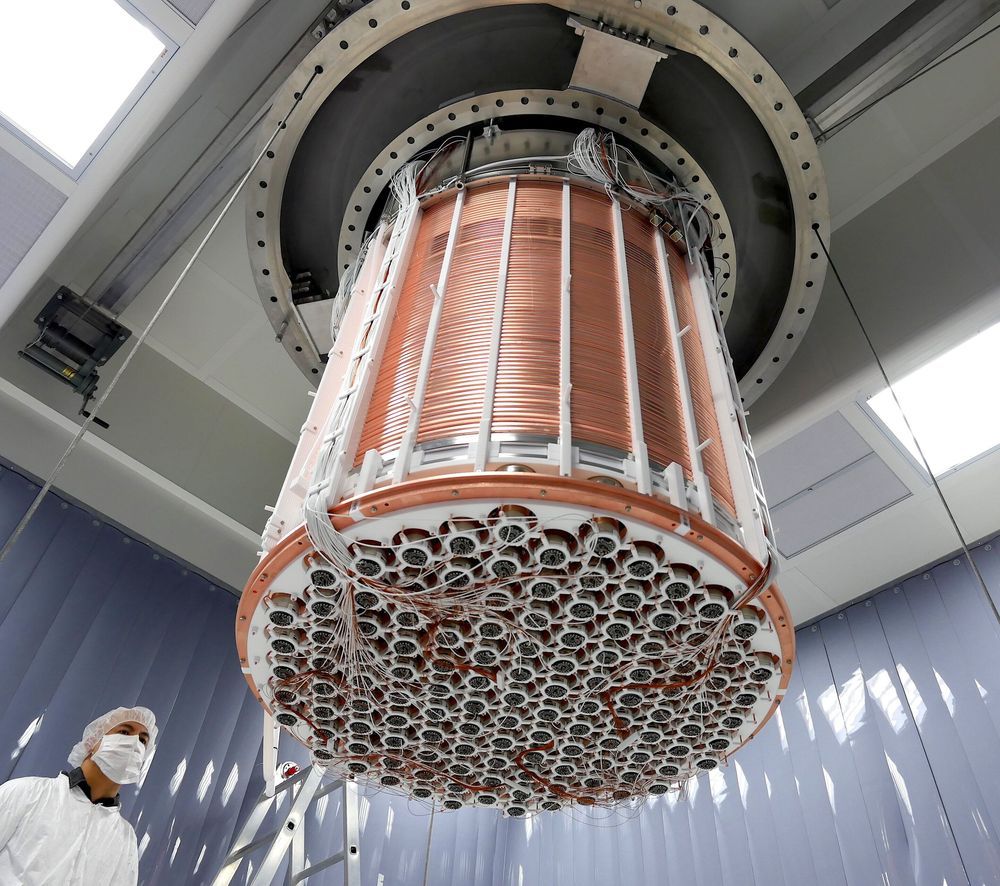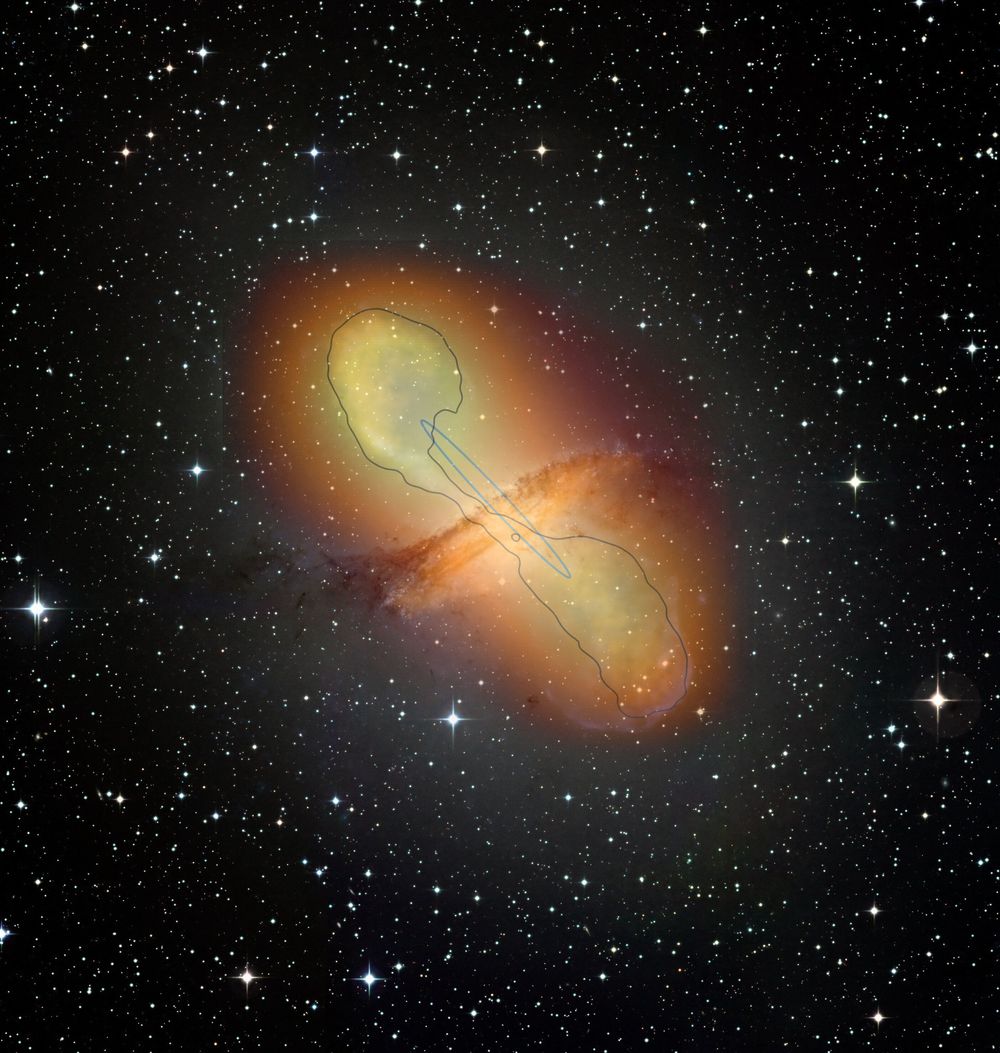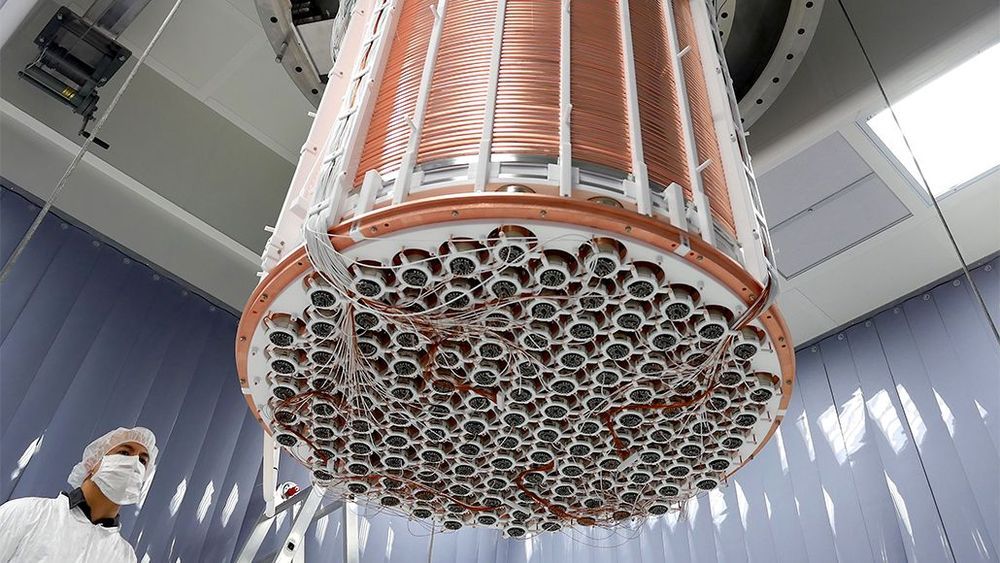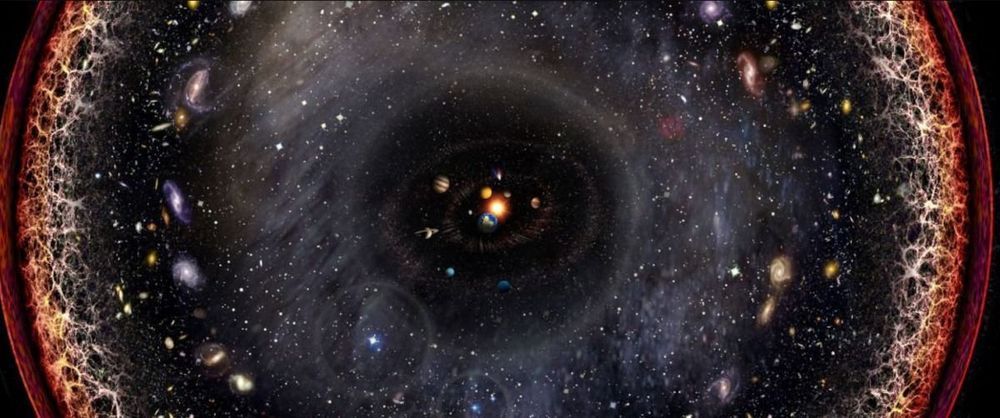A gold wedding band will melt at around 1,000 degrees Celsius and vaporize at about 2,800 degrees, but these changes are just the beginning of what can happen to matter. Crank up the temperature to trillions of degrees, and particles deep inside the atoms start to shift into new, non-atomic configurations. Physicists seek to map out these exotic states — which probably occurred during the Big Bang, and are believed to arise in neutron star collisions and powerful cosmic ray impacts — for the insight they provide into the cosmos’s most intense moments.
Now an experiment in Germany called the High Acceptance DiElectron Spectrometer (HADES) has put a new point on that map.
For decades, experimentalists have used powerful colliders to crush gold and other atoms so tightly that the elementary particles inside their protons and neutrons, called quarks, start to tug on their new neighbors or (in other cases) fly free altogether. But because these phases of so-called “quark matter” are impenetrable to most particles, researchers have studied only their aftermath. Now, though, by detecting particles emitted by the collision’s fireball itself, the HADES collaboration has gotten a more direct glimpse of the kind of quark matter thought to fill the cores of merging neutron stars.
